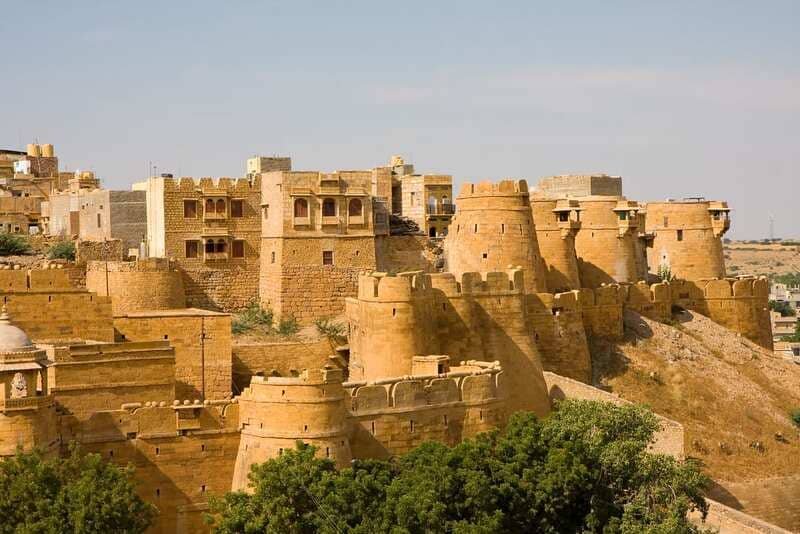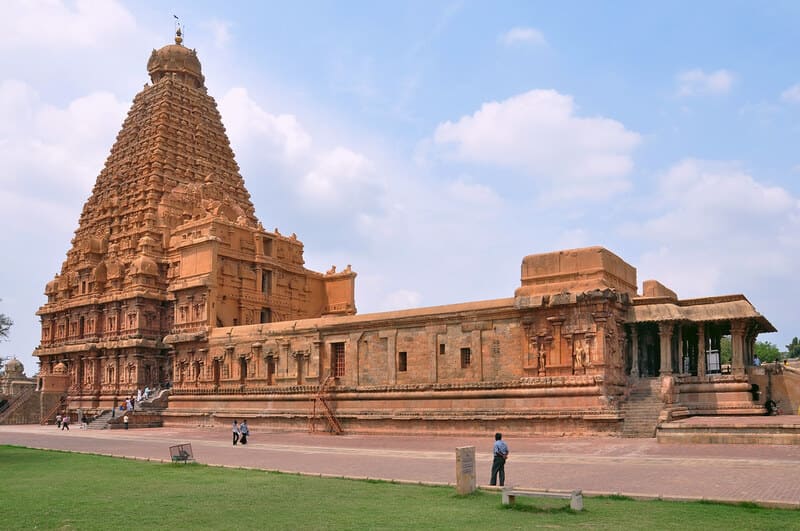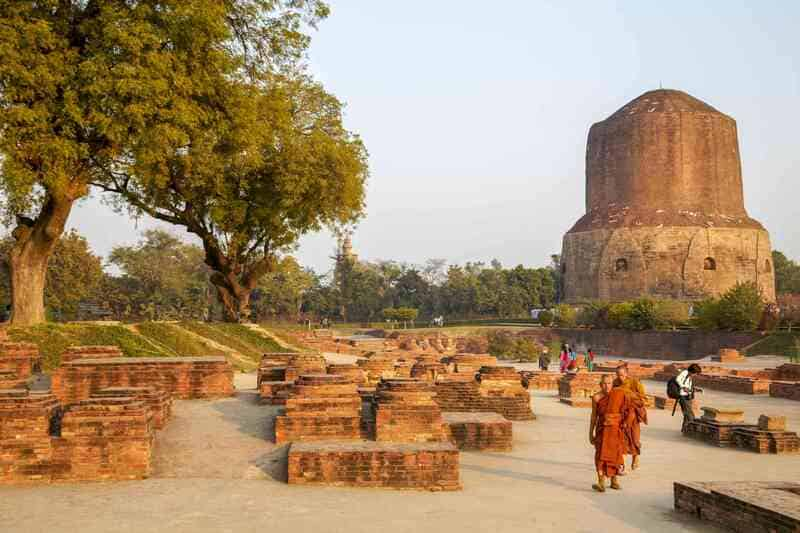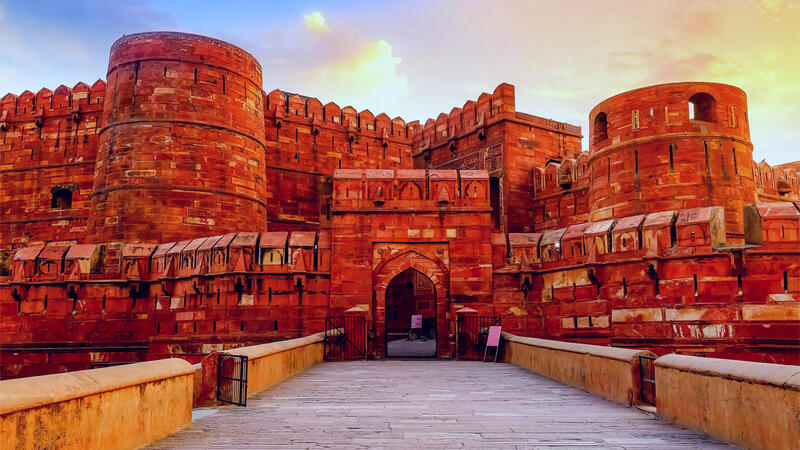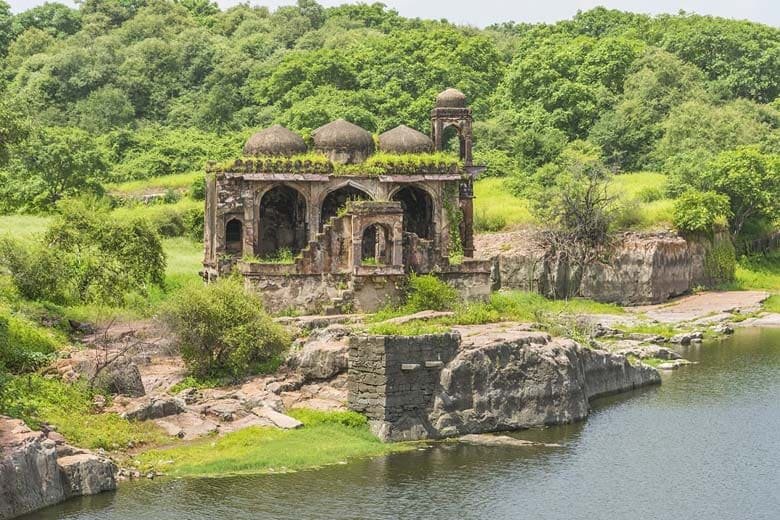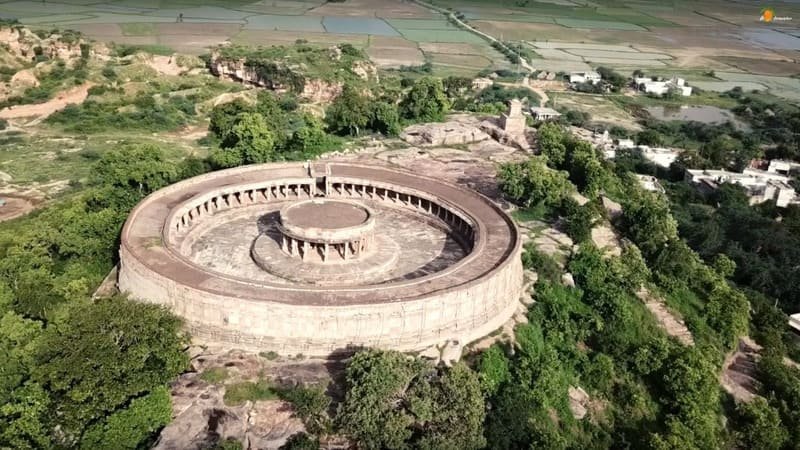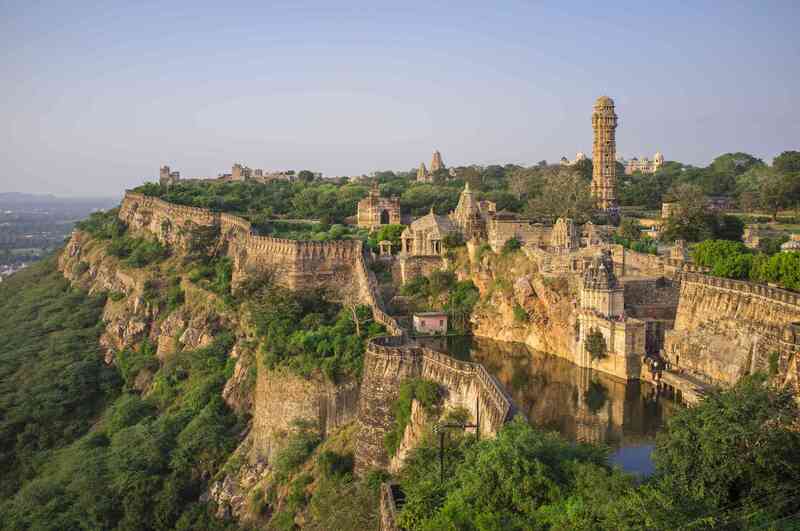
The Magnificent Chittorgarh Fort: A Window into Rajasthan's Glorious Past.
Chittorgarh Fort, Chittorgarh, Rajasthan 312001, India..
Chittorgarh Fort, located in the state of Rajasthan, is one of the largest forts in India and an important historical monument. Spread over an area of 700 acres, the fort is a symbol of the valor and resilience of the Rajput warriors. The fort is also a UNESCO World Heritage site, and it attracts tourists from all over the world. In this blog post, we will explore the history, architecture, and significance of the Chittorgarh Fort.
History of the Chittorgarh Fort
The Chittorgarh Fort has a rich and tumultuous history. It was founded in the 7th century AD by the Maurya dynasty, and it was later captured by the Rajputs in the 8th century. The fort was the capital of the Mewar kingdom and witnessed several battles and sieges. The most famous of these was the siege of Chittorgarh in 1567, when the fort was attacked by the Mughal emperor Akbar. The Rajputs, led by Rana Udai Singh, fought bravely but were eventually defeated. The women of the fort committed jauhar, a mass suicide by immolation, to avoid being captured by the Mughals. The fort was later recaptured by the Rajputs, but it was eventually abandoned in the 19th century.
Architecture of the Chittorgarh Fort
The Chittorgarh Fort is a magnificent example of Rajput architecture. The fort is spread over a hill, and it is surrounded by a series of walls and gates. The fort has several palaces, temples, and towers, including the Rana Kumbha Palace, the Fateh Prakash Palace, the Vijay Stambh (Tower of Victory), and the Kirti Stambh (Tower of Fame). The palaces and temples are adorned with intricate carvings, frescoes, and sculptures, and they showcase the artistic and architectural achievements of the Rajput era.
Significance of the Chittorgarh Fort: The Chittorgarh Fort is an important historical monument and a symbol of the Rajput valor and resilience. The fort is also significant for its association with the legendary Rajput warriors, including Rana Kumbha, Maharana Pratap, and Panna Dhai. The fort is also a UNESCO World Heritage site, and it attracts tourists from all over the world. The fort is an important part of Rajasthan's tourism industry and contributes to the economic growth and development of the region.
Conclusion
The Chittorgarh Fort is a magnificent monument that offers a window into Rajasthan's glorious past. The fort is a symbol of the Rajput valor and resilience and an important historical monument. The fort is also significant for its association with the legendary Rajput warriors and for its contribution to Rajasthan's tourism industry. A visit to the Chittorgarh Fort is a must for anyone interested in history, architecture, and culture.

